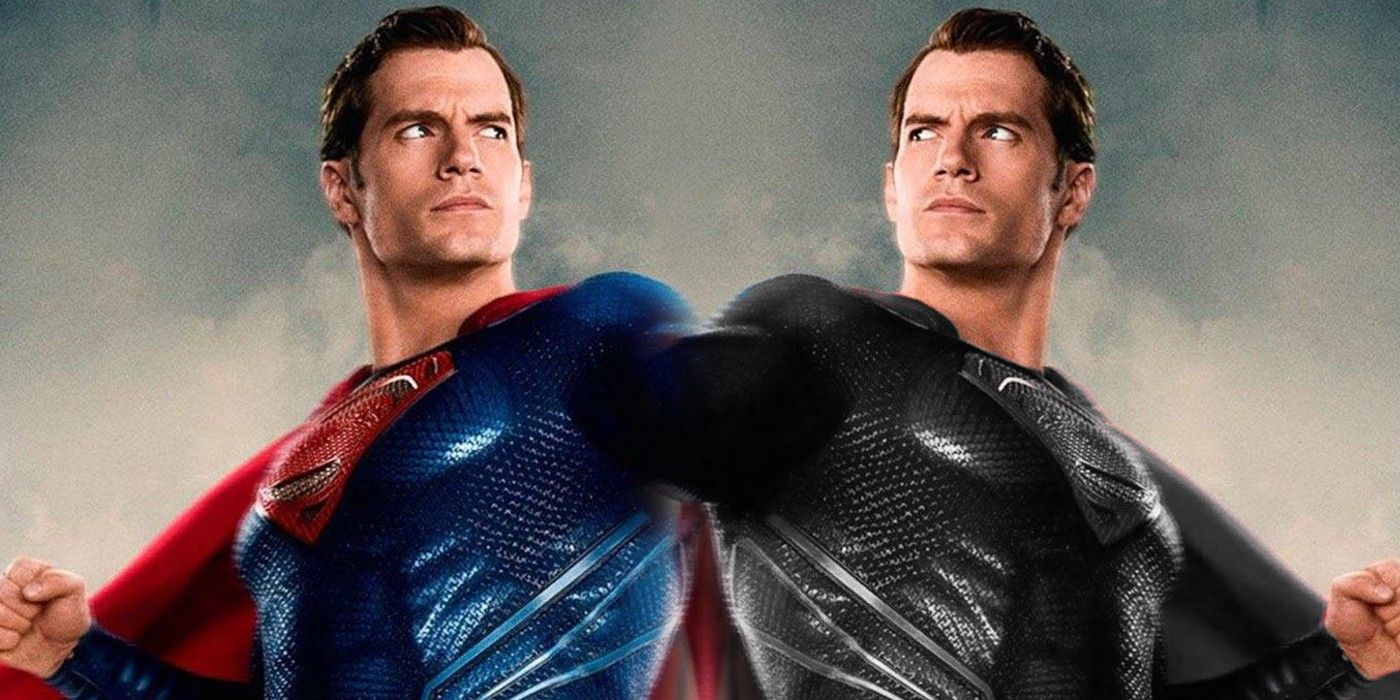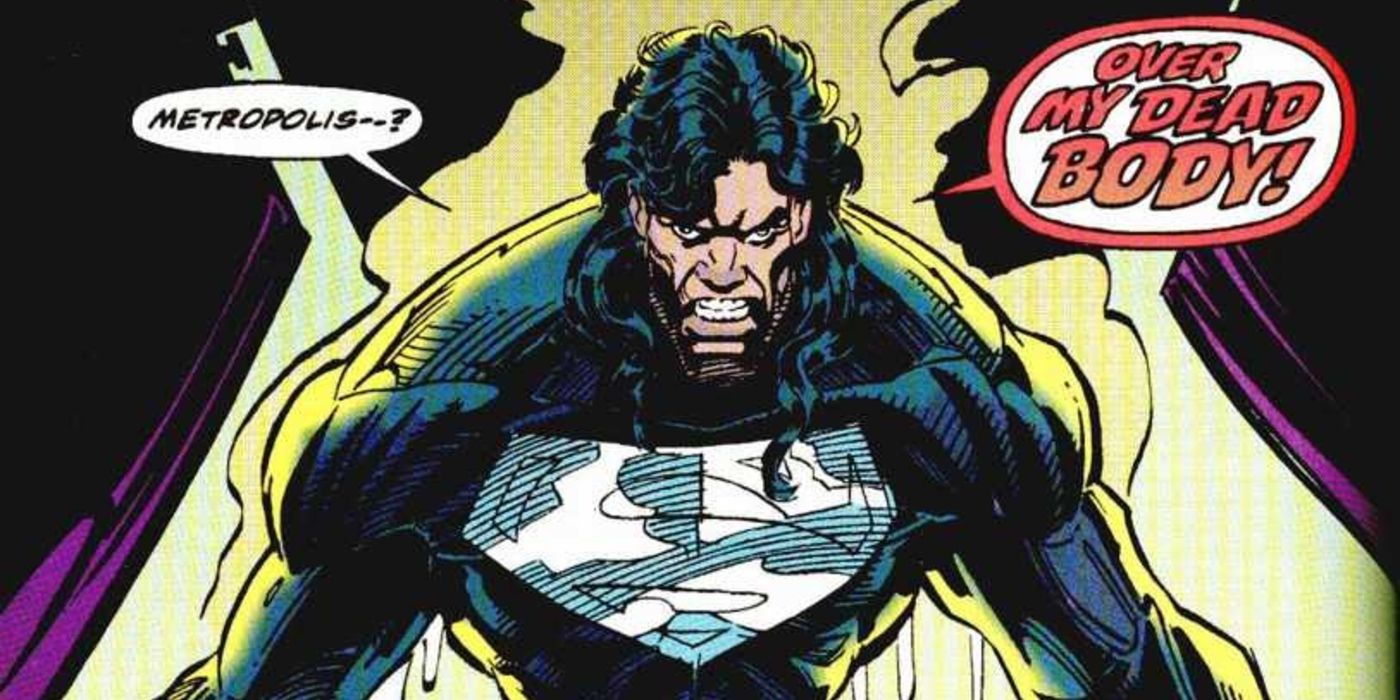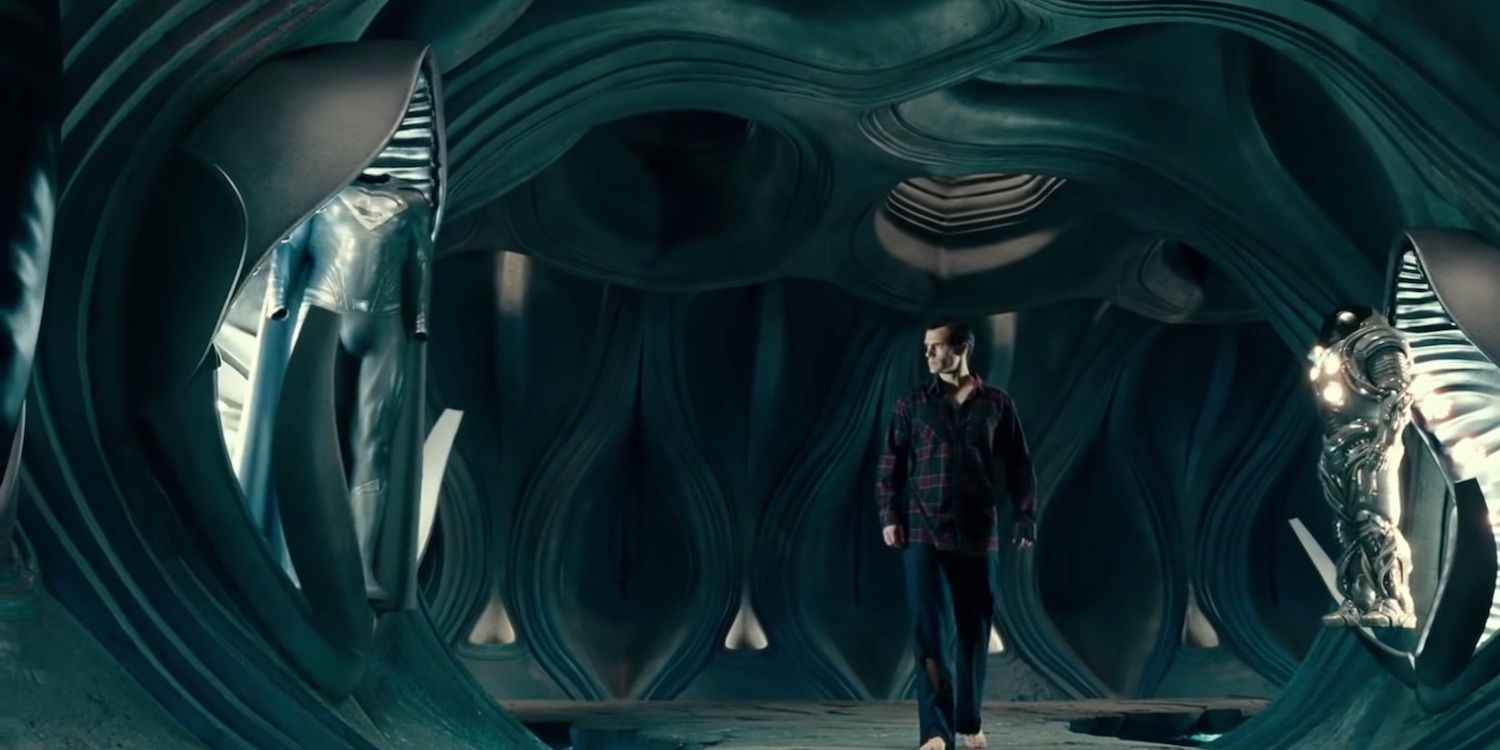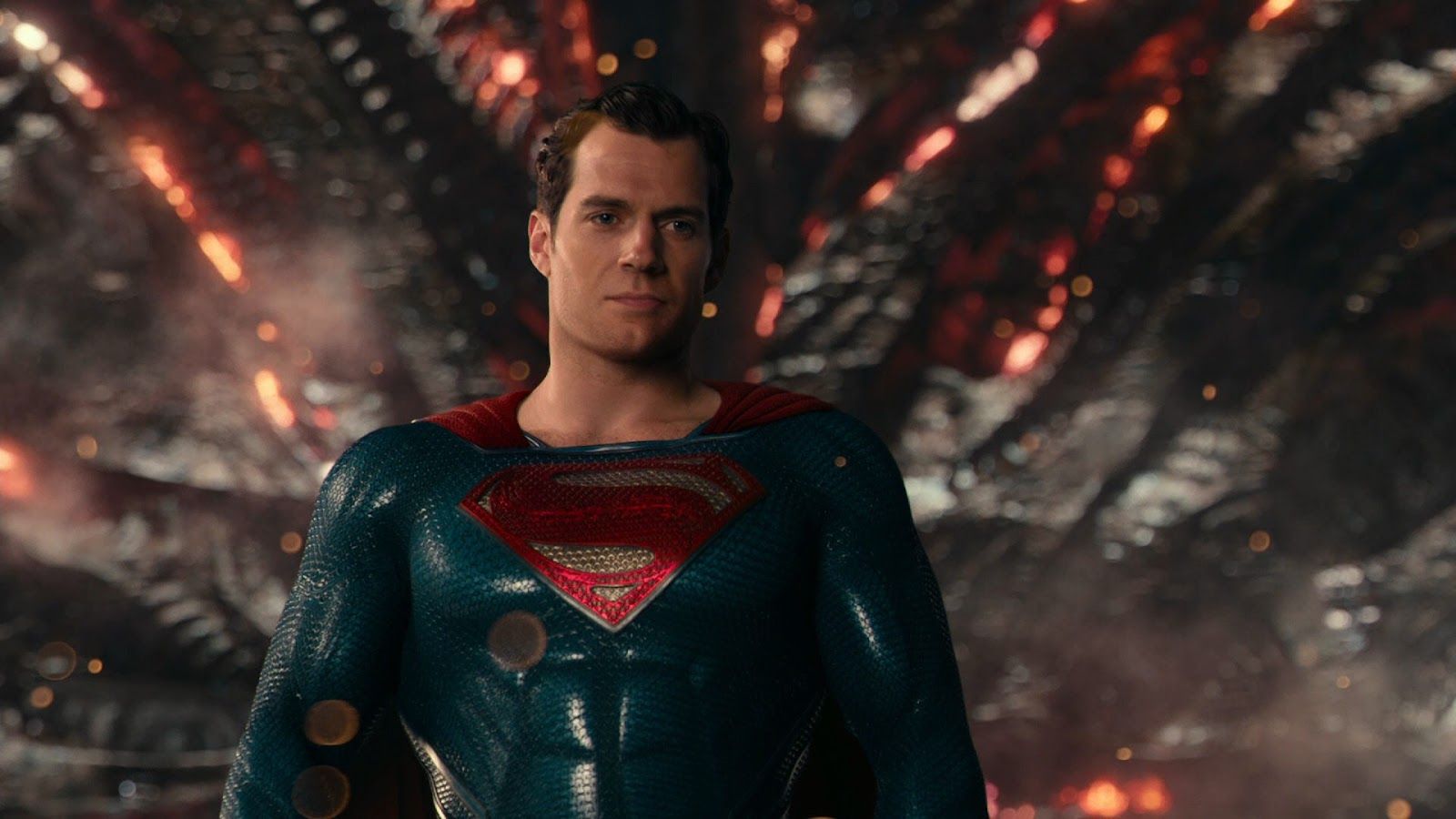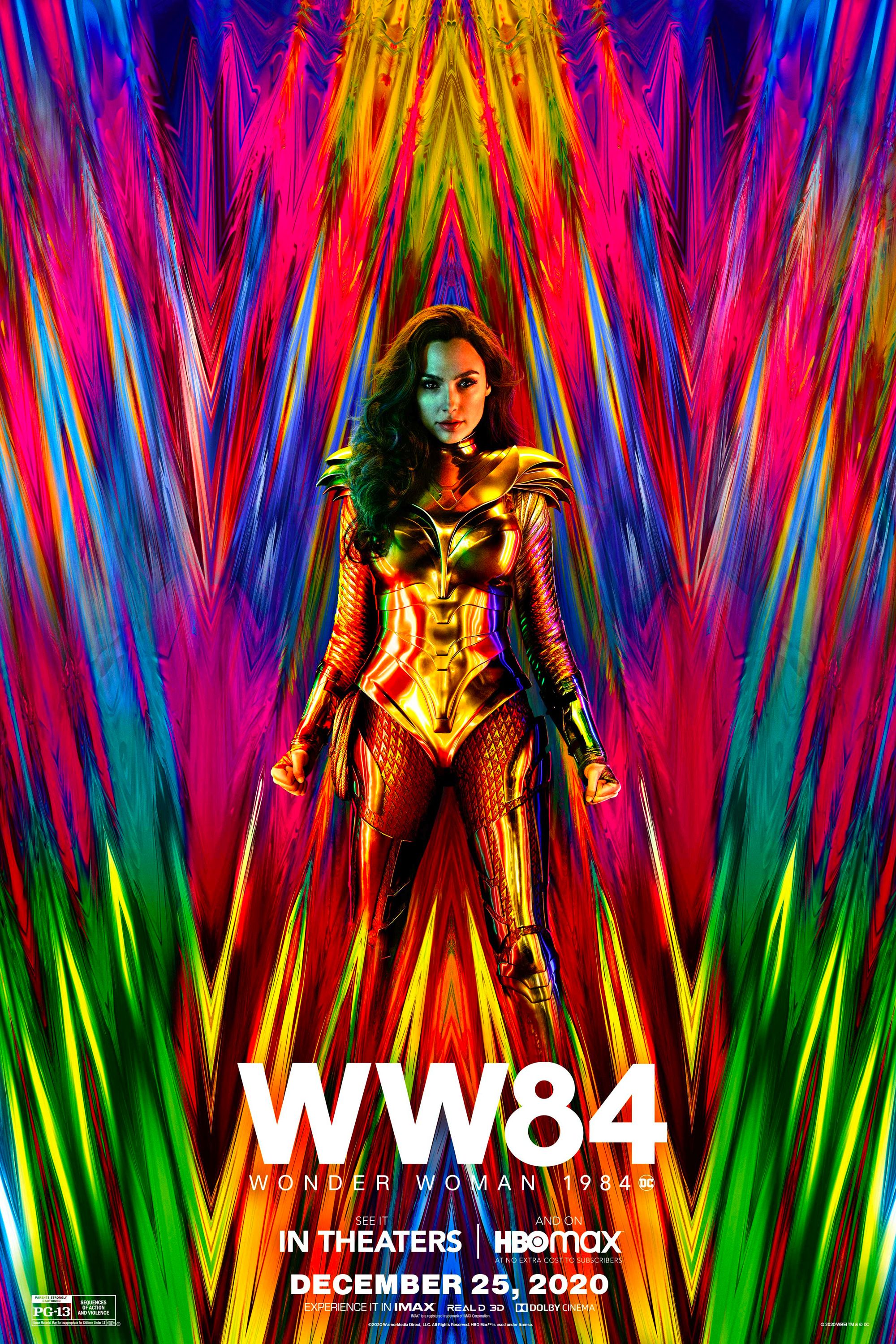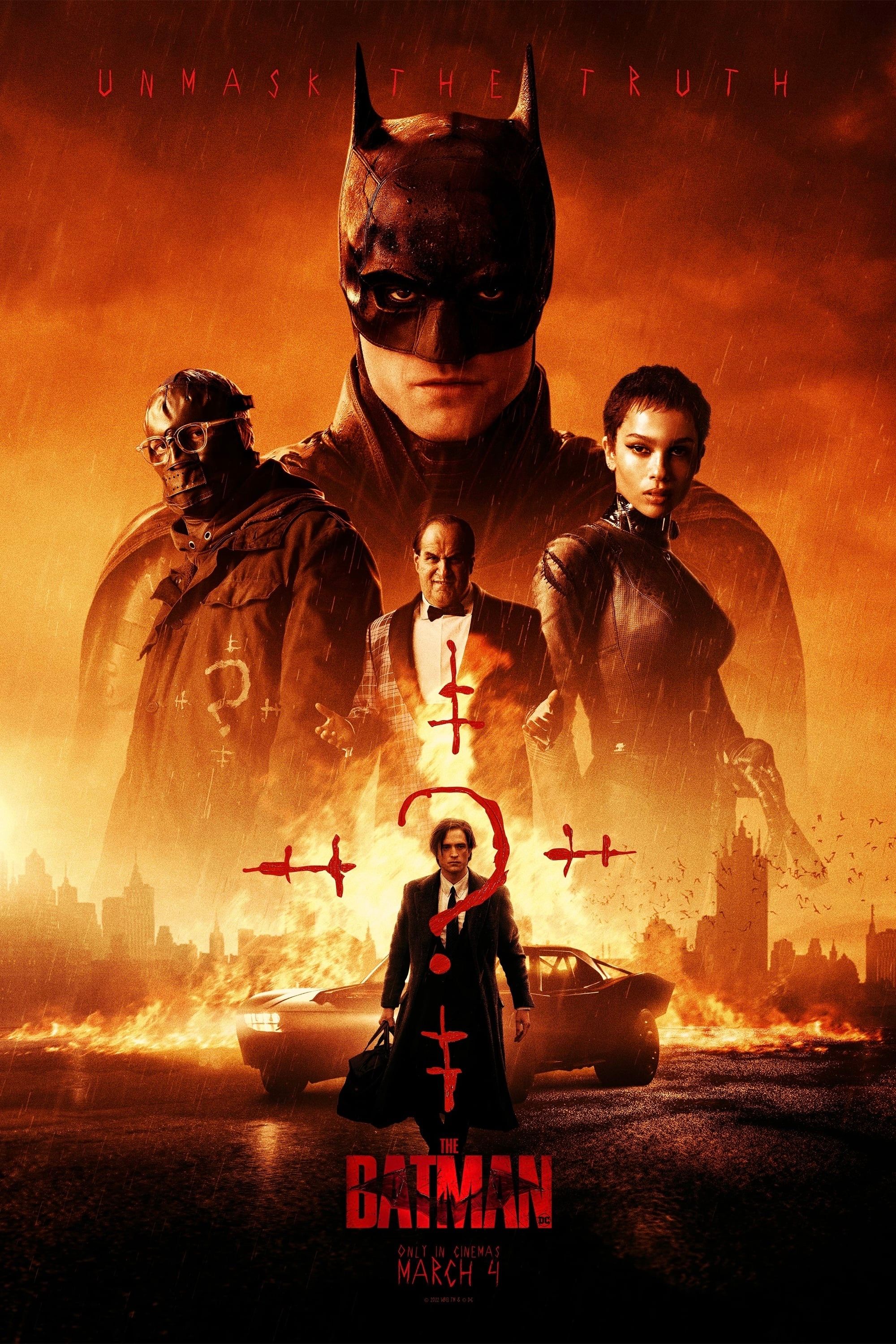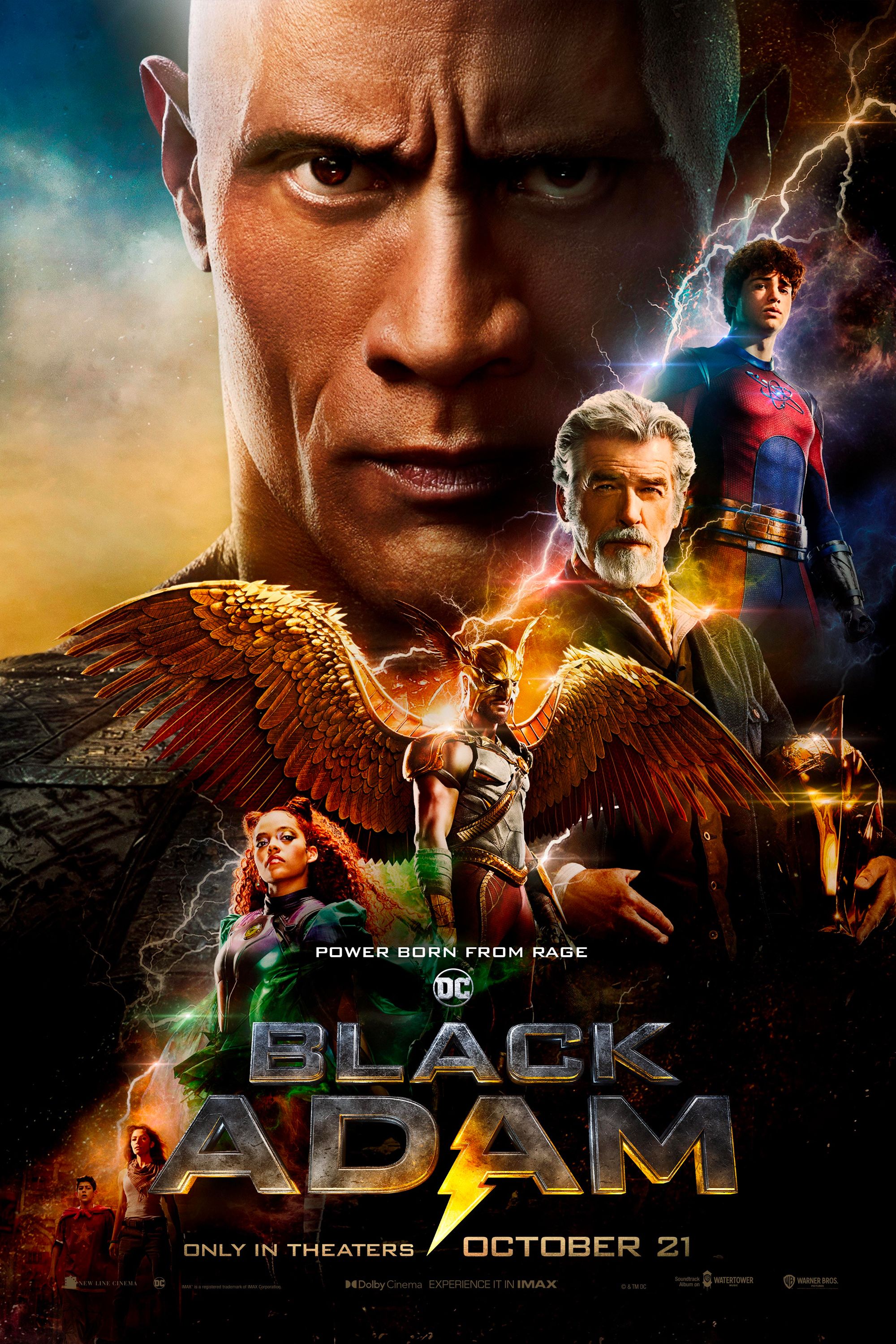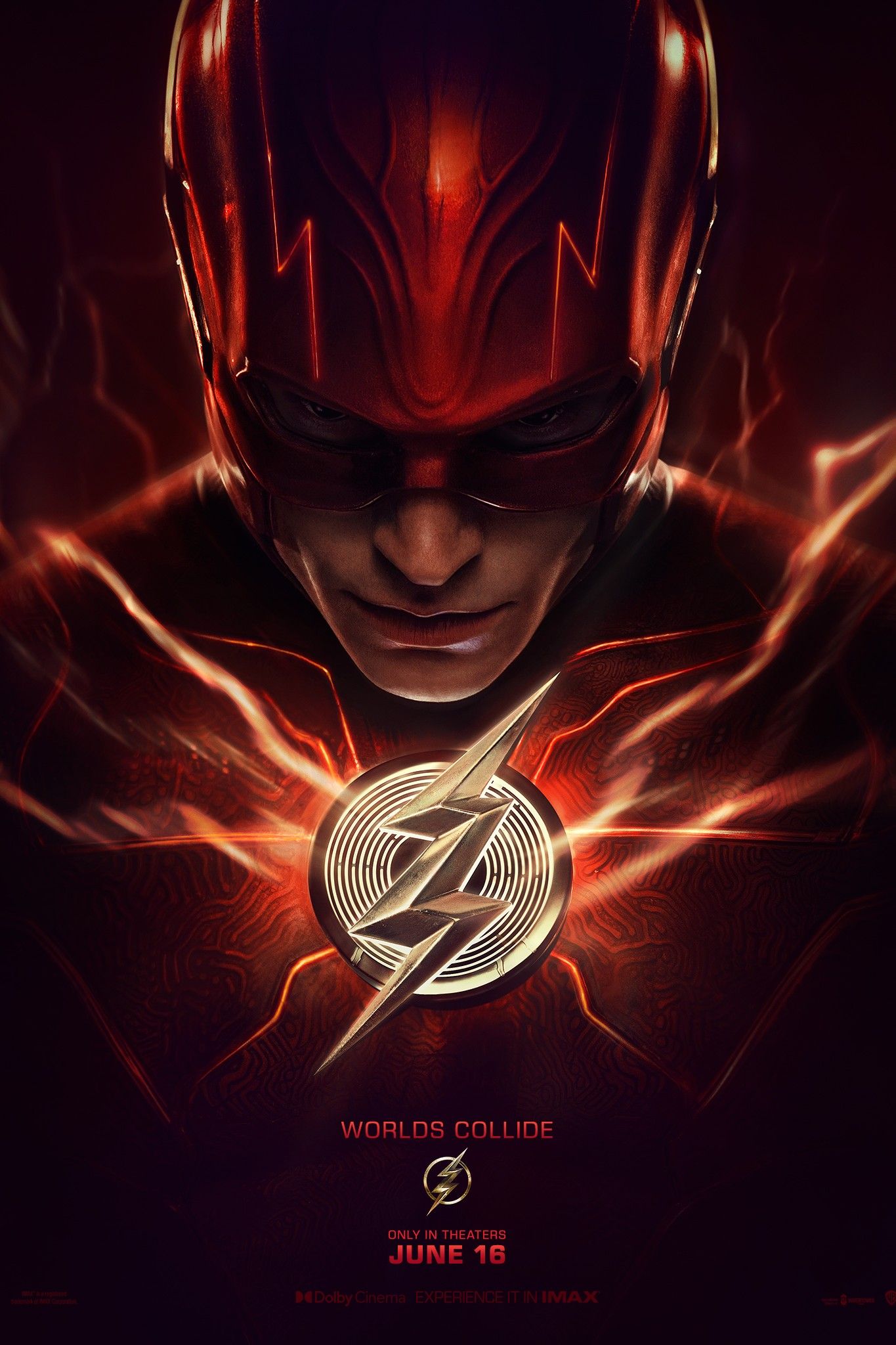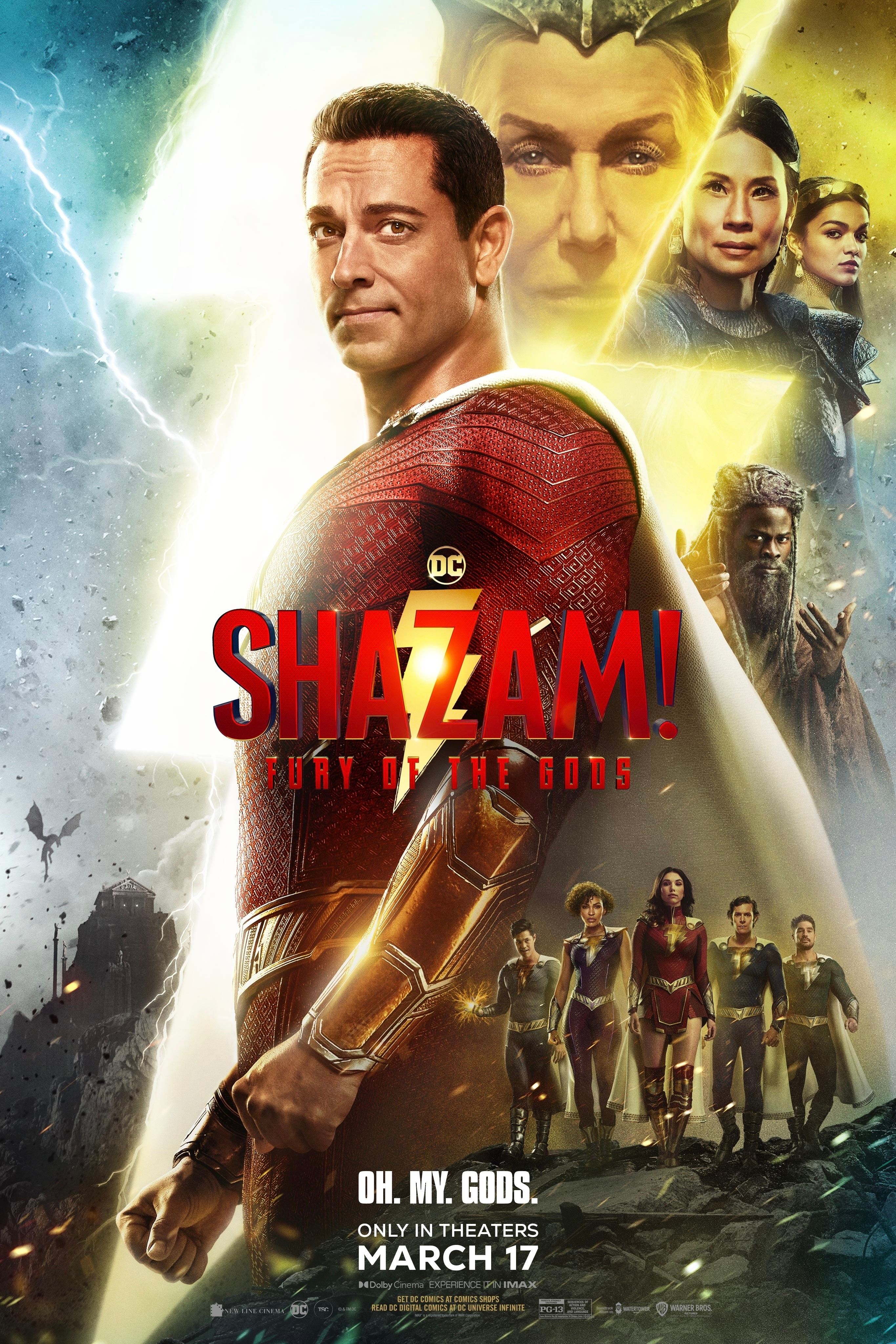Superman will wear a black suit in Zack Snyder's Justice League - and here's why. As soon as Superman died in Batman V Superman: Dawn of Justice, it was assumed he'd be resurrected in Justice League. After all, Superman's death at the hands of Doomsday was lifted straight from an iconic comic book story in which the Man of Steel paid the ultimate price in defense of Metropolis. But, as big a deal as DC may have made of Superman's death back in 1992, it wasn't long before it was undone. Superman returned - and, at least initially, he sported a distinctive black version of his iconic costume. It was generally assumed he'd wear the same outfit as part of his resurrection arc in Justice League, but that proved not to be the case.
At least in Joss Whedon's version, anyway. Justice League's original director, Zack Snyder, has long indicated Superman would have worn black in his iteration. With Snyder finally bringing that vision to life on HBO Max, it was pretty much guaranteed the black costume would make an appearance. It came as no surprise, then, when as part of this weekend's Justice Con Snyder unveiled footage of Henry Cavill's Superman wearing the black super-suit. It was only a very brief clip, giving away precious little other than the color scheme and general palette, but as Snyder noted it wasn't really intended for general audiences - more for the hardcore fans whose campaign has made the Snyder Cut a reality.
But why is Superman wearing a black costume in the first place, and how does it fit into Snyder's Justice League? In order to understand that, you have to look back to the comics.
What Superman's Black Suit Means In The Comics
The death of Superman is generally viewed as one of the most important plots of the '90s, and its announcement made headlines worldwide. Modern comic book readers are used to the idea death is a revolving door in superhero comics, and every major event features at least one high-profile death. But that was a lot less common in the '90s, and as a result fans were taken aback when DC announced Superman's impending death. The publisher's goal was to highlight Superman's importance to their world, by showing their Earth couldn't cope in his absence. It was a tremendously effective approach, and of course it culminated in a resurrection arc, "Reign of the Supermen." This was an equally innovative idea; rather than simply bring Superman back from the dead, DC introduced a number of potential Supermen, each of whom embodied a different aspect of his legacy. In a clever twist, none of the main contenders turned out to be the real deal, because Superman is of course more than the sum of his parts. He is not just the Man of Tomorrow, the Metropolis Kid, the Last Son of Krypton, or the Man of Steel; he is all of these at once, and more.
The real Superman awoke in a regeneration matrix in the Fortress of Solitude, but it took him time to fully heal, and as a result he lacked his powers. He wore a black Kryptonian costume that was supposed to contain restorative technology, and added a stylized "S" on his chest. It was a stunning, iconic design, perfectly suited to the aesthetic running through comics in the '90s. Sporting longer hair (technically because he hadn't taken the time to cut it before racing back into the field), Superman looked darker and edgier than ever before. He was initially forced to use a Kryptonian battle-suit, and later wielded an arsenal that would have made the X-Men's Cable proud. Of course, it didn't take long for Superman to regain his powers and return to blue, but the black costume has since come back many times, having firmly established itself in Superman lore.
How Superman Gets The Black Suit In Zack Snyder's Justice League
A Justice League deleted scene reveals how Superman acquires the black suit in the Snyder Cut. It seems he finds it in the Fortress of Solitude immediately after his resurrection, and chooses to wear it. Snyder's version is a little different to the comics, in that it incorporates a cape, suggesting Superman won't need to wear the Kryptonian battle armor; the cape would hardly fit inside it. Still, the theme of identity that ran through "Reign of the Supermen" appears to have been retained, because notice that Superman is walking past two potential suits. The first is a Kryptonian battle armor, signifying Superman's heritage, while the second is the Superman costume. This presumably means that, in choosing the Superman outfit rather than the battle armor, Clark Kent is embracing his new role. He has resolved the matter of his Kryptonian heritage, and committed himself to the Earth at last. Snyder has indicated the voice of Jor-El will be heard in this scene, indicating Superman may well have his father's guidance.
Why Justice League's Theatrical Cut Doesn't Have The Black Suit
The relationship between Snyder and Warner Bros. was fraught, and the studio refused to allow a black costume to be made; at the time the studio was receiving heavy criticism for the DCEU's bleak aesthetic, and they felt the black outfit symbolized everything they needed to fix. Snyder disagreed, and although he shot the scenes in red and blue, he color-corrected in post-production to create the clip released at Justice Con. It's an astonishing indication of just how badly the relationship between Snyder and the studio execs had deteriorated, and a perfect indication of just why everything fell apart. When Joss Whedon took over, he reshot the bulk of Justice League, removing almost all of Snyder's style. Given the costume had been such a bone of contention between Snyder and Warner Bros., Whedon clearly felt this wasn't a battle worth fighting.
There's a sense in which this black costume symbolizes the difference between the two versions of Justice League. For Snyder, it represents the integrity of his vision as director, and the freedom he now has to make the Justice League film he always dreamed of. In contrast, the traditional blue and red seen in the theatrical cut symbolizes the compromises Whedon made in order to work with the studio, and thus the Frankenstein's Monster of a movie that was ultimately released. Snyder's fanbase understand this, which is why the Justice League clip released at Justice Con may not be particularly exciting for average viewers, but is thrilling for more dedicated fans.

